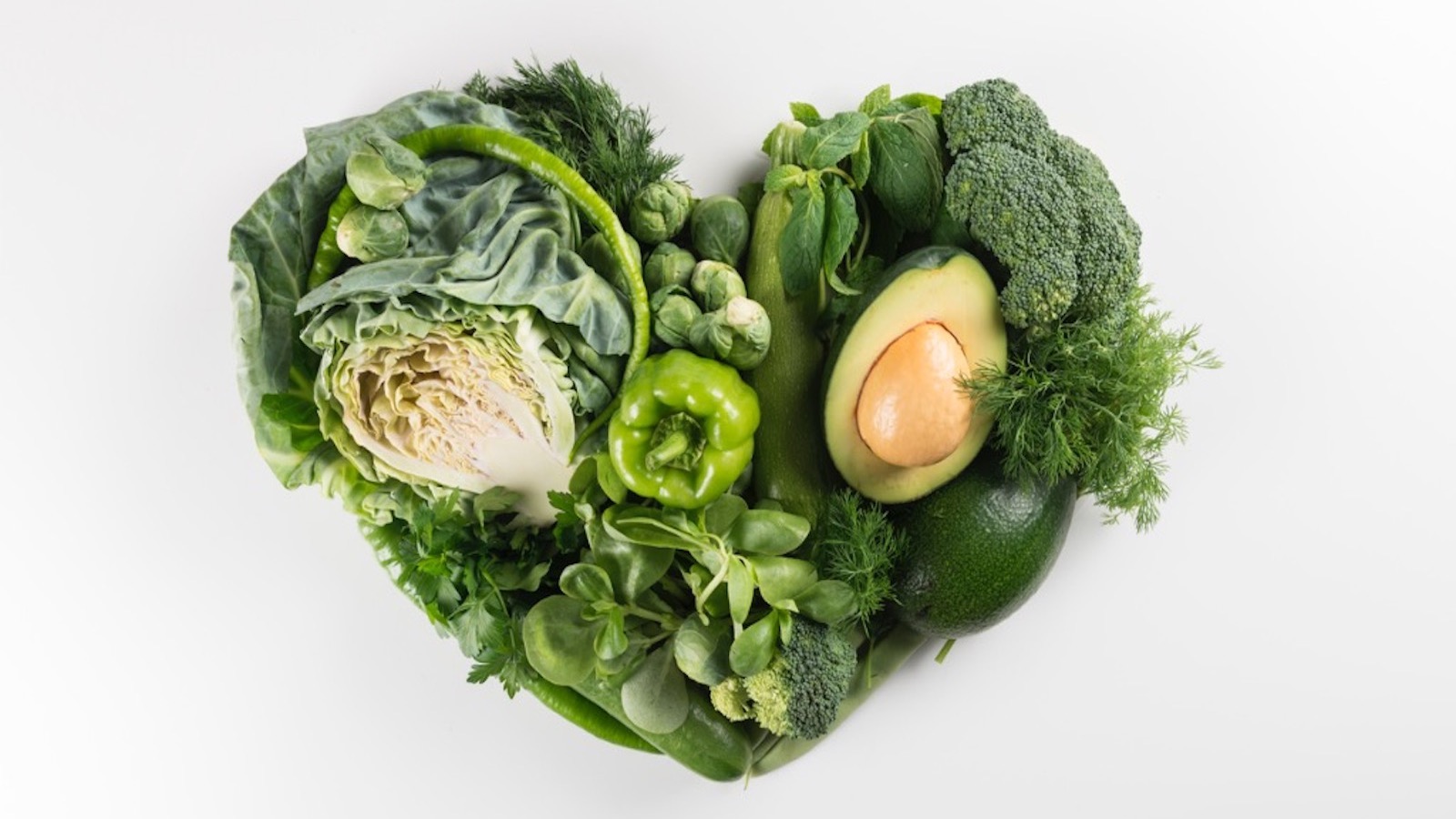
Education
-
Undergraduate:
Rice University
-
Medical School:
The University of Texas Medical Branch
-
Residency:
Baylor College of Medicine
-
Fellowships:
The Texas Heart Institute (Cardiology)
Academic & Clinical Affiliations
Certifications
- American Board of Internal Medicine
- Certification Council of Nuclear Cardiology
- American Board of Internal Medicine: Interventional Cardiology
- American Board of Internal Medicine: Cardiovascular Disease
Honors, Awards and Memberships
- Fellow, American College of Cardiology
- The Texas Heart Institute Academic Professional Staff

.svg)


